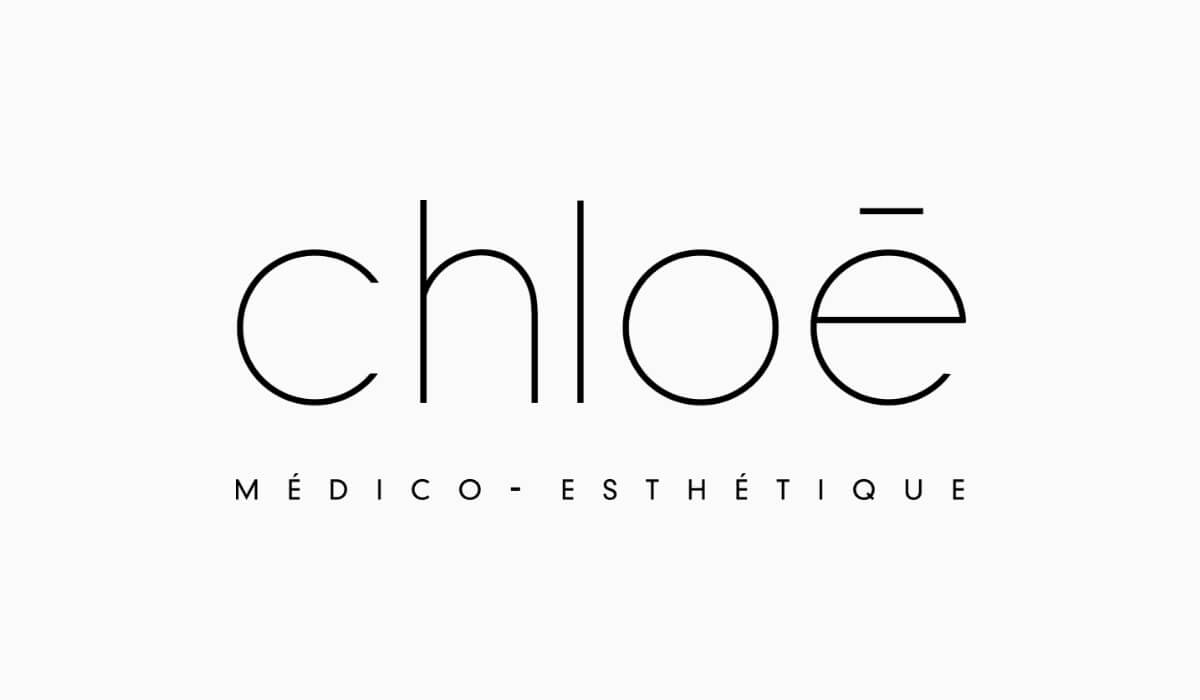If you want to improve your skin appearance, you might want to explore these two options: intense pulsed light (IPL) and laser treatments. These two methods can effectively address issues such as uneven skin tone, acne scars, and the early signs of aging. However, choosing between IPL and laser treatments can be confusing.
At Clinique Chloé, we prioritize empowering individuals to make informed choices about their skincare journey.
In this article, we will explore the key differences between IPL and laser treatments, with the goal of clarifying these differences.
IPL and Lasers: Definition
Intense Pulsed Light (IPL) and lasers are two cosmetic procedures that can address a range of skin concerns in a non-invasive way and with minimal downtime.
IPL uses a broad spectrum of light to target issues such as sun damage, hyperpigmentation, and vascular lesions, providing a wide range of treatment options.
On the other hand, lasers use a narrow beam of light to pinpoint individual skin issues.
Although both IPL and lasers are effective in their own ways, IPL’s broad-spectrum approach offers diverse treatment possibilities, while lasers provide a more precise and targeted solution for skin concerns.
IPL and Lasers: Benefits
The advantages of IPL treatment include:
- Enhancing common signs of skin damage
- Improving skin texture and tone
- Brightening and rejuvenating the complexion
- Being safe and effective for various skin types and tones
Similarly, the benefits of lasers comprise:
- Diminishing the appearance of fine lines, wrinkles, and acne scars
- Providing smoother, more youthful-looking skin
- Stimulating collagen production for firmer, more youthful-looking skin
- Being safe and effective for various skin types and tones
IPL and Laser: Differences
Mechanism of Action
IPL and laser treatments use wavelengths of light to address skin issues, but they differ in their approach.
IPL emits light in a range of wavelengths that are absorbed by melanin and hemoglobin in the skin. This generates heat, which helps to selectively damage targeted tissue and improve skin appearance.
Lasers, on the other hand, emit a single, concentrated wavelength of light that precisely targets a specific part of the skin.
IPL treatments are mostly non-ablative, which means they don’t remove the outer layer of skin but work on the underlying surface. Lasers, however, come in both ablative and non-ablative forms.
Safety Profile
Side Effects:
Laser treatments can have specific and potentially intense side effects depending on the type and wavelength used, mainly due to the focused nature of the light energy. For instance, ablative lasers used for skin resurfacing may cause significant redness, swelling, and longer downtime compared to non-ablative lasers or IPL treatments.
While IPL uses a broader spectrum of light, it may lead to specific side effects such as temporary hyperpigmentation. Non-ablative lasers may also produce similar or milder side effects compared to IPL, depending on the treatment and individual factors.
Therefore, it’s crucial to consult a qualified healthcare professional for a personalized assessment before undergoing treatment to understand the full range of potential risks and benefits.
Skin Sensitivity:
Those with sensitive skin may experience less discomfort with IPL than with certain laser treatments. However, this varies depending on factors like specific energy level settings and individual pain tolerance.
Skin Type Considerations:
IPL is generally recommended for Fitzpatrick skin types I-IV (fair to olive skin). While it can be used for other skin types (V-VI; brown to very dark skin), there’s an increased risk of hyperpigmentation or hypopigmentation, necessitating professional expertise.
In contrast, lasers offer more versatility across all Fitzpatrick types, with certain lasers, particularly non-ablative ones, designed for safer and more effective use on darker skin tones.
Risk of Complications:
While both IPL and laser treatments are generally safe when performed by qualified professionals, they have different risk profiles. Ablative lasers, for example, carry a higher potential for complications such as burns, scarring, or pigmentation changes, while IPL and non-ablative lasers typically have a lower risk profile.
However, the overall risk profile also depends on individual factors such as skin type, medical history, and specific treatment parameters used.
Duration of Results
IPL and laser treatments help improve skin health, but the number of sessions and the duration of results can differ.
IPL treatments usually require several sessions spread over a few weeks or months to achieve desired results. Regular maintenance sessions are recommended to maintain these results.
Laser treatments, on the other hand, can provide longer-lasting results for some conditions, requiring fewer maintenance sessions.
But the longevity of results for both IPL and laser treatments can be affected by factors such as skin type, lifestyle, and sun exposure. Discuss your expectations during your consultation to understand the expected duration of results.
Get Started with IPL and Laser at Clinique Chloé, Montreal
At Clinique Chloé, we are confident in our ability to provide you with the perfect treatment plan that will help you achieve your ideal skin.
Whether you want to improve skin texture, tone, or address fine lines, our team of experts will work with you to create a personalized plan that aligns with your skin goals.
Don’t hesitate to contact us to schedule a consultation and take the step towards achieving your dream of having glowing, healthy skin.








